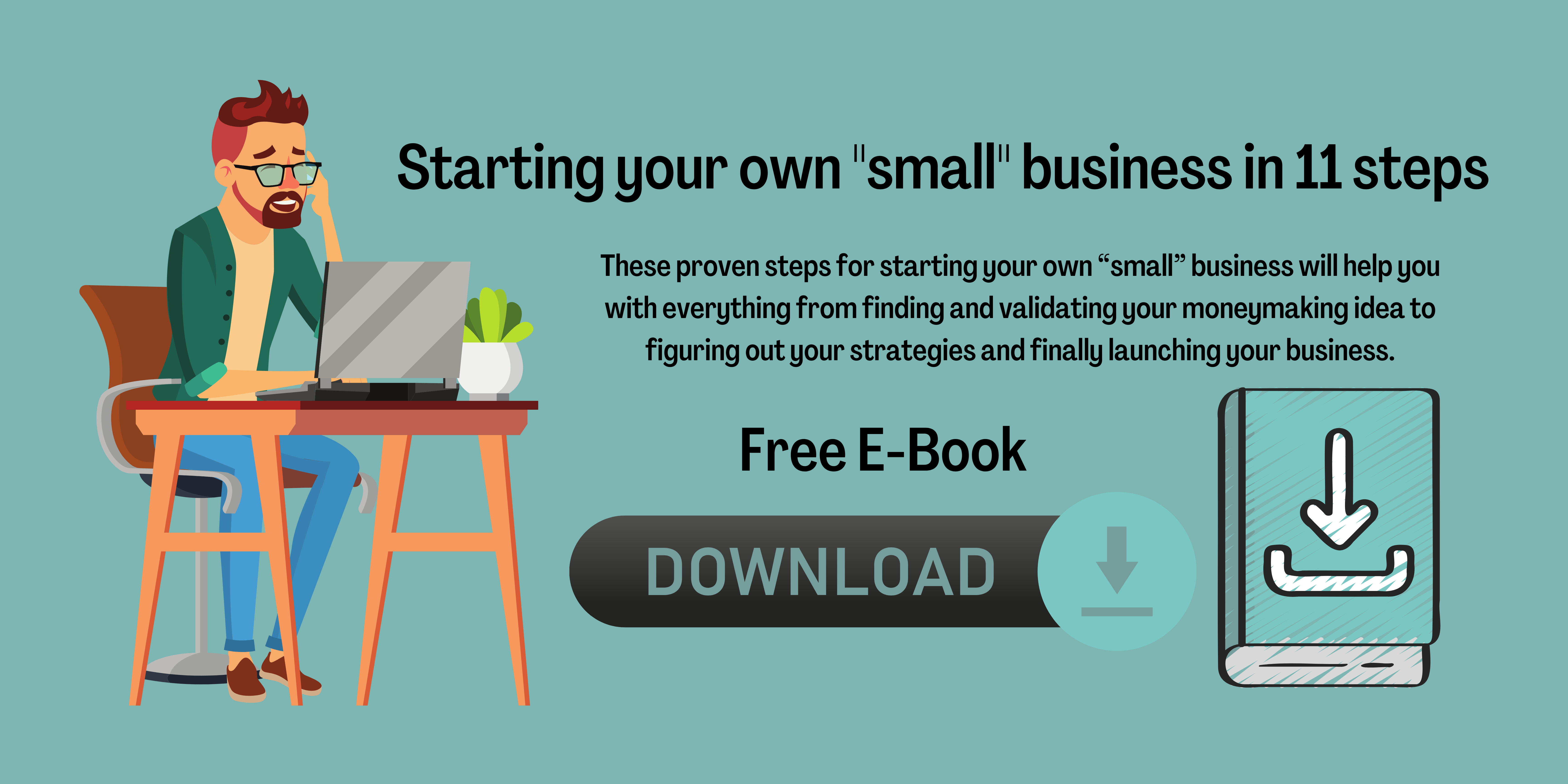6 Powerful Powers To Get Out Of Your Rut
Table of Contents
We all get stuck in ruts. Thinking ruts. Bias ruts. Stability ruts. Ego ruts.
Unsafe thinking is the ability to meet challenges with a willingness to depart from standard operating procedures; to confront anxiety, tolerate criticism, take intelligent risks, and refute conventional wisdom—especially one’s own views—in order to achieve breakthroughs.
Feeling anxious is not a bad place to be in. Unsafe thinking means becoming comfortable with being uncomfortable.
We’ve all heard the warnings. In changing environments, tried-and-true routines often lead to mediocrity. And we know this is true. Worse still, when we are in the midst of a problem or crisis, we easily revert to the same old thinking with the hopes that we’ll think it through better next time when were under less pressure. But that never happens. So how do we get out of it?
1. Courage unsafe thinking
It’s hard to stay open to new ideas and expand your thinking when the expectations are high. You want to run to safety, but there’s no safety in business these days. We need to accept anxiety as part of the journey and reimagine fear as fuel for creativity. When you feel fear, remind yourself that it might indicate that you’re on the edge of a creative breakthrough.
2. Motivation unsafe thinking
How do you motivate yourself and others to stay on the edge? The motivation must come from within. Intrinsic motivation is more powerful than extrinsic motivation. In fact, if we focus too much on extrinsic motivation, it can kill our creativity and performance. Research shows that when we’re in the creative phase of seeking out problems to solve or brainstorming solutions, the phases that call for the open mode, it’s best not to distract ourselves from intrinsic enjoyment with extrinsic rewards.
Getting ourselves in the right frame of mind means knowing what success looks like, getting regular feedback to see that we are on track, and having the skills necessary to complete the task.
3. Learning unsafe thinking
Do we rely on or question our expertise? How can we build our expertise without getting trapped by it?
We must become explorers. The more we project an air of expertise, the more often we’re wrong and the slower we are to learn. And though we may fear nobody will follow us if we admit to fallibility, research indicates that people prefer humble leaders.
The more urgent the problem the more likely we are to seize upon an answer and stick with it without considering that we are on the wrong track. When faced with a deadline, we should do all the selection and finalization of ideas at the latest possible hour, leaving as much time for exploration up front as possible. It would give us a creative edge and he would almost always come up with something more original.
4. Flexibility unsafe thinking
Breakthroughs often come from pursuing ideas that seem counterintuitive to most people. Our intuitions should not be ignored, but they aren’t truths. Emotions are data that need to be explained. A wicked learning environment that gives slow, ambiguous, or misleading feedback versus a kind learning environment that gives us plenty of timely, clear, and accurate feedback.
Spend a lot of time in a single environment, be it kind or wicked, and we’re likely to grow and more confident in our intuition. But if our learning environments are wicked, our intuitions are likely to get further and further off base, even as they grow stronger.
5. Morality unsafe thinking
When do you break the rules? It is the beginning of wisdom when you recognize that the best you can do is choose which rules you want to live by. It’s persistent and aggravated imbecility to pretend you can live without any. The idea is to disobey wisely or intelligent disobedience.
First, be open about dissatisfaction with creativity-killing rules. Colleagues and managers are more likely to see the quiet latent dissenter as disloyal and, surprisingly, as more verbally aggressive and argumentative. Next, it’s important to articulate the pro-social value of breaking a rule rather than the personal reason for doing so.
We reward sheep-like behavior so we have to teach the unacceptability of blind obedience. What problem does this rule exist to solve? While having a few rules that are meant to be broken can actually spur creativity, organizations should thoughtfully prune policies built up over time to address problems that may or may not still be relevant. Again, this is not an argument against rules.
We easily get stuck when the group thinks the same way. But if we have people with diverse tools, they’ll get stuck in different places. A person can do his best, and then someone else can come in and improve on it.
6. Leadership unsafe thinking
The presence of other people can depress creativity. Groups tend to enforce all the attitudes of safe thinking: they rush too quickly to consensus, rally around expert leaders, punish dissenters, quickly harden their shared sense of right and wrong, and unless directed otherwise, squash risky and unfamiliar ideas in the name of efficiency and practicality. It’s up to the leadership to make sure people have a safe place to think in unsafe ways. Ask people what holds them back.
source – Leadership Now

